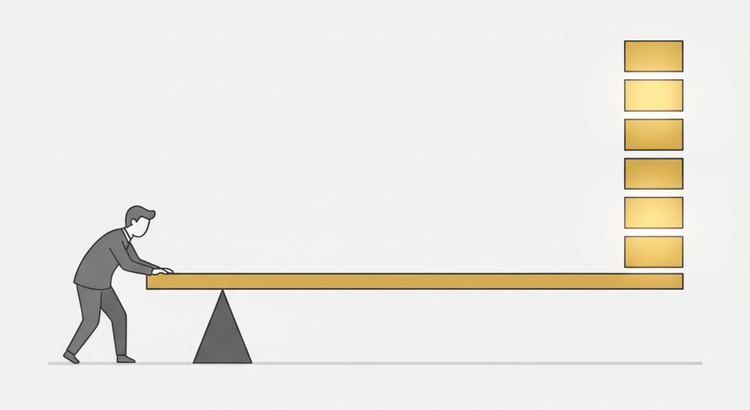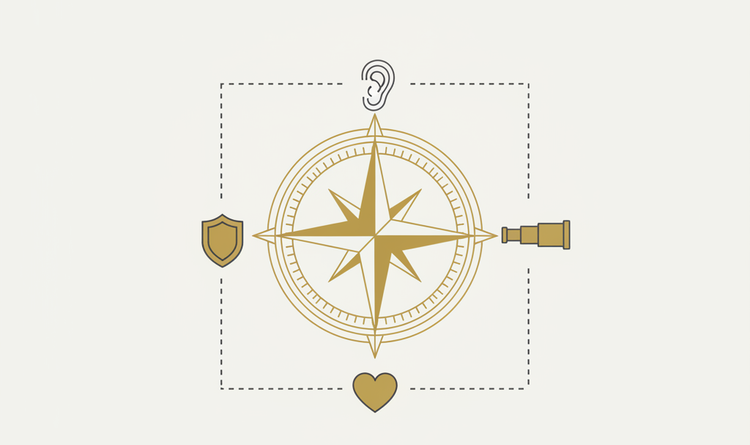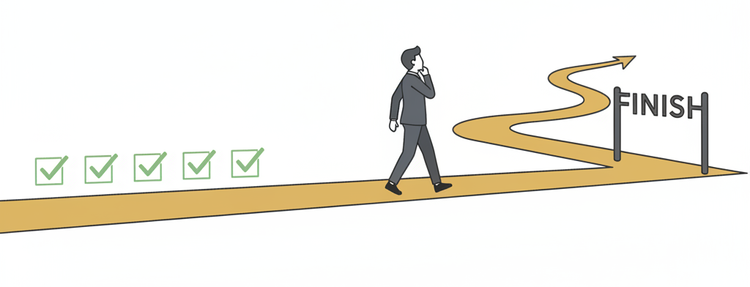Hiring for Psychological Safety

The Asymmetric Lever to Multiply Team Performance
We talk about fit, skills, and culture. Rarely do we hire explicitly for the ability to create psychological safety. That is a missed opportunity. Teams that feel safe to speak up, admit mistakes, and experiment learn faster, make better decisions, and keep people longer. In healthcare, where stakes are high and collaboration is constant, hiring for psychological safety is a force multiplier.
Here’s what I mean by hiring for psychological safety
Psychological safety is the sense that you can speak up without retribution, that questions are welcome, and that mistakes are treated as learning moments. It is not softness. It is an operational advantage. When team members feel safe they share hidden information, surface risks early, and innovate in ways they would not otherwise.
Why this matters for recruitment
Many hires look perfect on paper and still erode team trust. The gap is often not competence. It is relational skill. A clinician who protects status or avoids hard conversations may keep the peace short term, but they also hide problems until they become crises. A clinician who asks the right questions and admits uncertainty can prevent harm and improve systems.
Practical signs to look for in interviews and site visits
- Observe how candidates talk about past failures. Do they own them and name what they learned, or do they minimize and deflect?
- Watch how they speak about teams. Do they highlight others’ contributions and say “we” more than “I”?
- Note how they respond to challenge. Do they engage the question or retreat into defensiveness?
- Listen for curiosity. People who ask thoughtful questions about processes, not just role duties, are often the ones who improve those processes.
Interview techniques that reveal psychological safety skills
Use structured behavioral prompts that invite nuance rather than polished answers.
For example ask:
- Tell me about a time you raised a concern and it was ignored. What did you do next and what changed because of it?
- Ask for a narrative that includes multiple voices. For instance, ask the candidate to describe an improvement they led and then name who they collaborated with and what resistance they faced.
- Include a short team simulation or a case discussion where the candidate must ask clarifying questions and propose an approach. Observe whether they solicit input and credit others.
- Invite a 20 minute informal conversation with a small cross section of the team. This is not a panel interview. It is a real conversation. Pay attention to how the candidate listens, pauses, and integrates what others say.
Design your process so the team can assess relational fit, not just credentials
Make a section of the interview scorecard about psychological safety. Keep it simple: ownership of mistakes, inclusion of others, curiosity, and response to challenge. Train interviewers to spot examples, not impressions. Share the scorecard in advance so hiring leaders align on what matters.
Don't forget about onboarding!
Selection without onboarding is incomplete. For new hires, set early expectations about healthy disagreement, learning cycles, and feedback norms. Pair the new clinician with a peer mentor who models vulnerability. Run a 30 day guided reflection where the new hire and team discuss what is working, what feels risky, and one small change to try.
Measure what matters
Add one or two micro metrics to your dashboard. Ask new hires at 30 days whether they feel safe to speak up on patient care issues and whether they have identified one process they want to improve. Track trends across hires and teams. If worry accumulates in one area, act quickly.
Small investments, big effects
Hiring for psychological safety is not a soft HR initiative. It is a practical risk reduction and improvement strategy. The investments are modest. Slightly different interview questions. A clear scorecard. A short onboarding reflection. Yet those changes make it easier for teams to surface problems early, learn faster, and ultimately retain people who want to be part of an improving culture.
A short starter checklist you can use tomorrow
- Add four psychological safety items to your interview scorecard and calibrate your interview team.
- Replace one standard interview question with a behavioral prompt about failure and learning.
- Run a 20 minute informal conversation with a mixed team for every finalist. Observe listening and attribution language.
- Assign a peer mentor and schedule a 30 day reflection that includes the whole team.
- Track new hire responses to a two question safety pulse at 30 days.
Final note
Technical skill gets someone through the door. Psychological safety keeps the door open. If you want teams that learn and improve rather than teams that merely tolerate, design your recruitment to invite people who create safety, not just those who perform. The returns are asymmetric and lasting.
Ultimately, hiring for psychological safety isn't just a modern trend; it's a return to the fundamental, timeless work of recruitment. It's about relationship building, creating robust systems, and meticulous follow-through. When you design your process for trust and measure for genuine experience, you achieve more than just hires. You get people who transform a workplace because they feel truly valued and empowered to contribute their best. This core principle endures, long after the latest tools and platforms fade.





